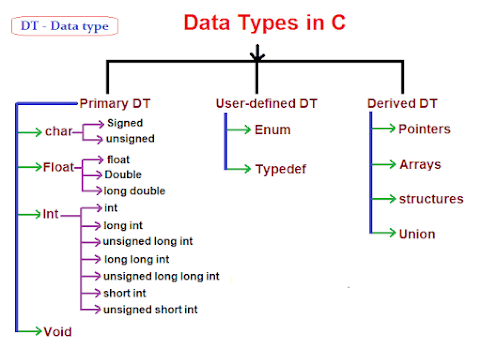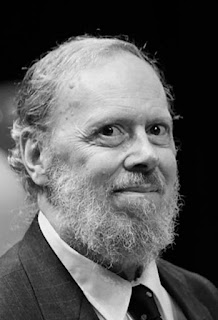Expressions

This chapter examines the most fundamental element of the C language: the expression. Expressions in C are substantially more flexible and powerful than in many other computer languages. Expressions are formed from these atomic elements: data and operators. Data may be represented by variables, constants, or values returned by functions. C supports several different types of data. It also provides a wide variety of operators. The Basic Data Types C89 defines five foundational data types: character, integer, floating-point, double floating-point, and valueless. These are declared using char, int, float, double, and void, respectively. The size and range of these data types may vary among processor types and compilers. In all cases an object of type char is 1 byte. In 16-bit operators int is 2 bytes , in 32-bit and 64-bit operators int is 4 bytes. float is 4 bytes. double is 8 bytes. The type void either explicitly declares a function as returning no value or creates ge...
